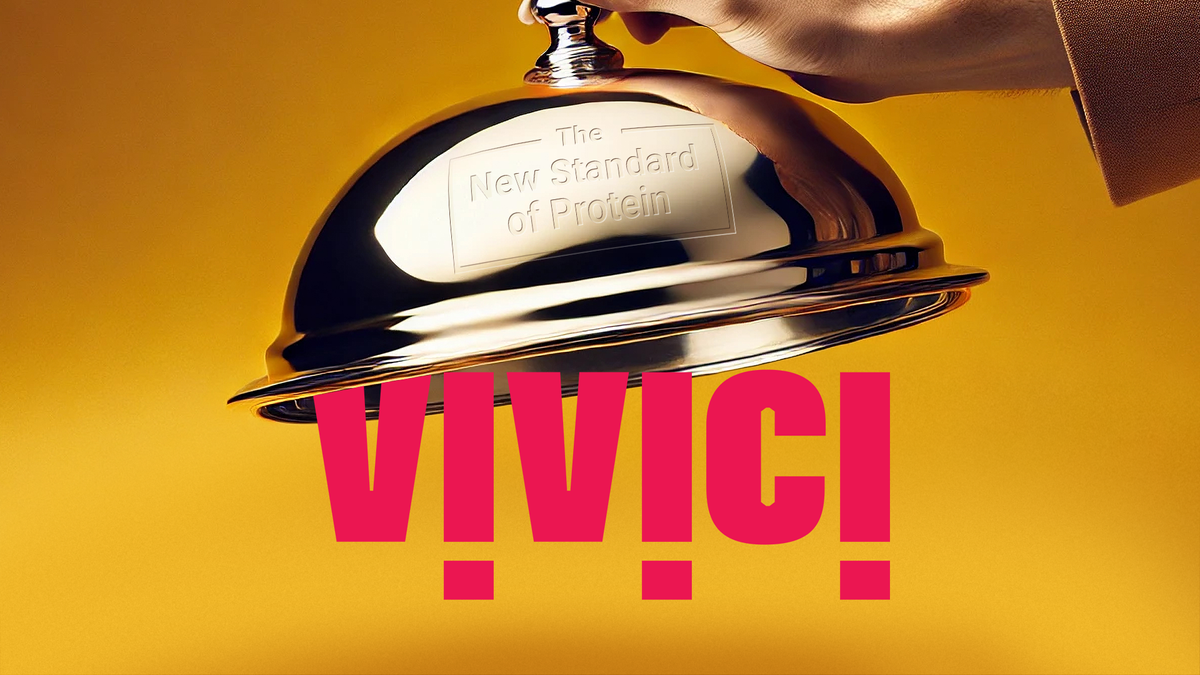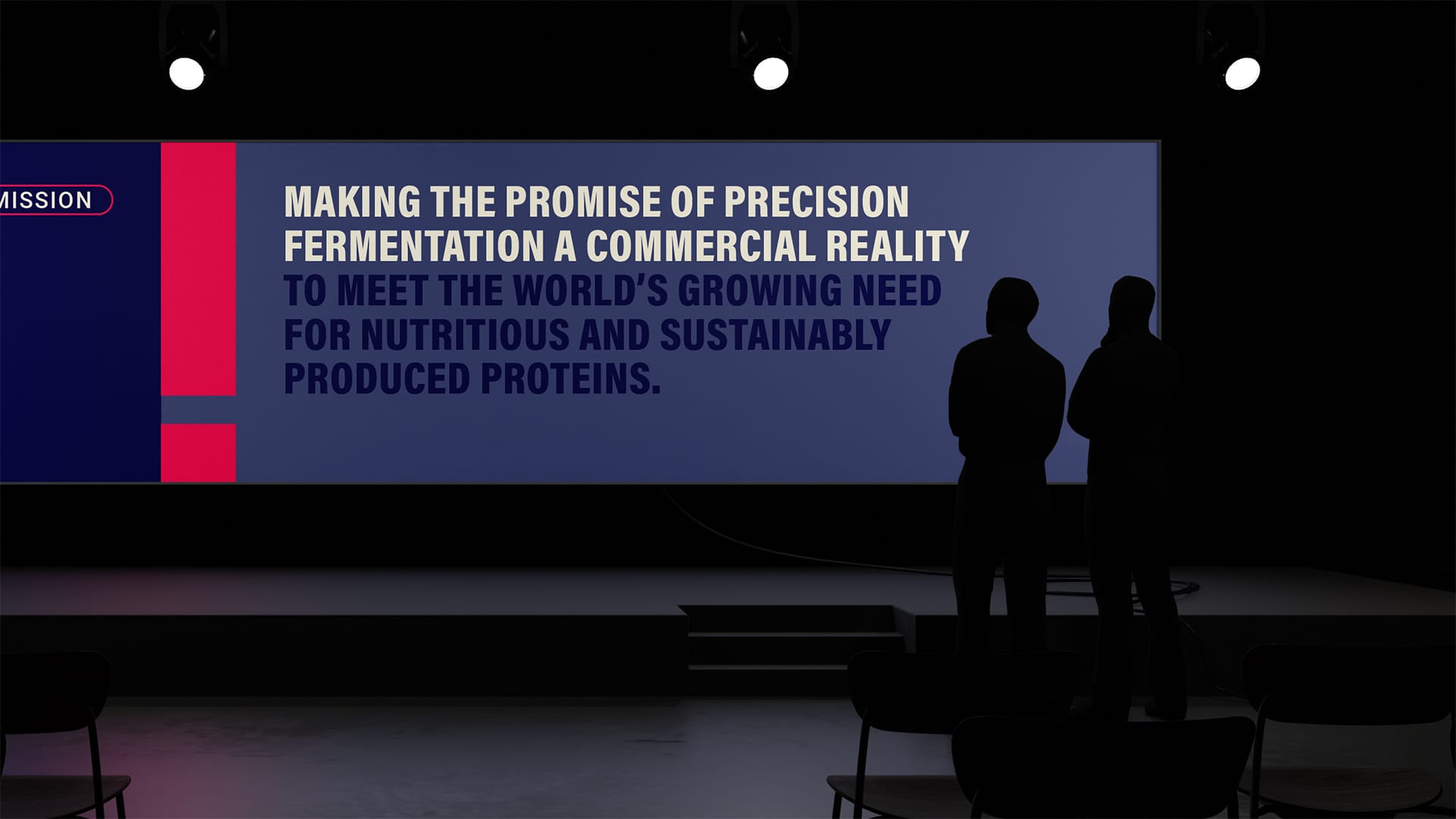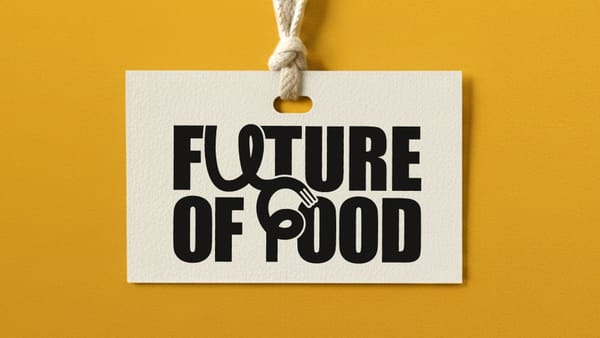UNSTUCK 024: Lifting The Lid On Vivici’s Marketing Strategy
How the disciplined application of proven marketing techniques leads to success

In case you missed it, Vivici, the company making the potential of protein from precision fermentation a commercial reality, recently announced their Series A funding round of $34million.
Your UNSTUCK authors, through their respective businesses, have had the pleasure to work closely with the Vivici team over the last year. This gives us a unique case study where we can take you behind the scenes of the category and customer work that Vivici has commissioned, demonstrating to investors they have not only the technology and supply capability to be successful, but also the market and commercial understanding to build a compelling business.
We’ve written many an UNSTUCK on where companies are going wrong. Here we can give you a step-by-step case study in doing things right.
Focused Segmentation & Targeting

Famously, AirBnB didn’t start by trying to transform the holiday accommodation industry. They started by trying to make some money out of solving a specific problem for those visiting San Francisco for a tech conference – that they had nowhere to stay.
While proteins from precision fermentation have the potential to drive change across the food system, Vivici understood the need to start with focus. By segmenting the market into a large number of potential categories they feasibly could play in, they identified the ones that were desirable (e.g. creating clear water-based protein drinks that deliver on consumer refreshment more than ones with a cloudy appearance) and viable (the consumer price point and protein inclusion rate enabled a working business model). Targeting this focused customer profile with a compelling promise of significant growth has enabled Vivici’s lean customer team of just three people to build a solid pipeline.
Crystal-Clear Positioning

Vivici have always been clear they are an ingredient, not a food tech company. Their relationship with customers is based on selling them an ingredient that can help their business grow, not a promise of industry revolution or a more sustainable world. What sets them apart from their precision fermentation counterparts is their combined decades of industry experience across biotechnology and food ingredients. They are now applying that combination of experience in a new way, because they believe in the technology to solve macro industry challenges.
We share this as an important lesson in positioning your company. Authenticity comes from being true to who you are and the reason why you are doing what you do. However, many other companies have gotten lost by confusing authenticity with the value that they offer their customers. In a category full of hype, Vivici has combined who they are (industry experts) with what they offer customers (innovative ingredients to unlock growth), while staying true to their mission (a more sustainable future). That’s a pretty compelling package to take to both customers and investors if we say so ourselves.
Vivici’s teams know very well that they aren’t selling precision fermentation – they are selling their first ingredient. They know that while they are a B2B company, understanding consumer problems and opportunities is an imperative to position their solutions to their customers. They also know that B2B buyers are human beings who respond to emotional messages more strongly than rational ones and that you need to invest in creatively bringing the positioning of your ingredient to life.
That’s why they invested in creating a product-level brand that gives them a tangible thing to sell – enter Vivitein BLG: The New Standard of Protein. If you’re in the business of selling protein products in a highly-competitive protein category and you hear of the New Standard of Protein coming to market – odds are you’ll want to find out more.
Attention-Grabbing Identity

B2B buyers are bombarded with companies competing for their attention, in exactly the same way all of us as consumers of products are. While you spend the majority of your time thinking about your company and know how good your product or ingredient is, they simply do not. If you manage to briefly get their attention, the likelihood is it’s the wrong time for them to be thinking about what you offer. Your company identity therefore has to cut through the clutter and be relevant and memorable so you come to mind when they are ready to talk.
A careful analysis of brand codes in precision fermentation and ingredients showed that they were dominated by two different patterns. Established brands were about lab technicians gazing deeply into their beakers signaling their serious science credentials while startups one-upped each other with their hand-drawn illustrations of future utopias with freely roaming animals on watercolor pastures.
Vivici had to flip this narrative to stand out, which from a logo design perspective meant starting with a disruptive vibrant pink color palette and inverted “i” characters that create exclamation marks projecting confidence and excitement.The rest of the brand world reinforces this dynamism with the choice of imagery, icons, and motion in digital applications. Experts yes, boring uncles definitely not.
Strategic Activation
Vivici has brought all these elements together to land their brand story in the most impactful way possible around a flurry of events in the United States. With their positioning, messaging and new website all in place they officially launched Vivitein BLG, the New Standard of Protein, just ahead of Expo West, a key annual food industry gathering. This kicks off a digital marketing campaign to continue their outreach to target customers in the coming months, as well as a focused investor media push building off the momentum of their recent latest announcement.
In the last UNSTUCK we talked about why, amid much negativity around the industry, we’re still bullish on sustainable food. Vivici has shown us that the disciplined application of proven marketing techniques and a consumer and customer mindset leads to success, and their successful fundraise goes to prove it. May more brands - both B2B and B2C - follow suit so sustainable food can move forward at the pace many of us would like to see.






